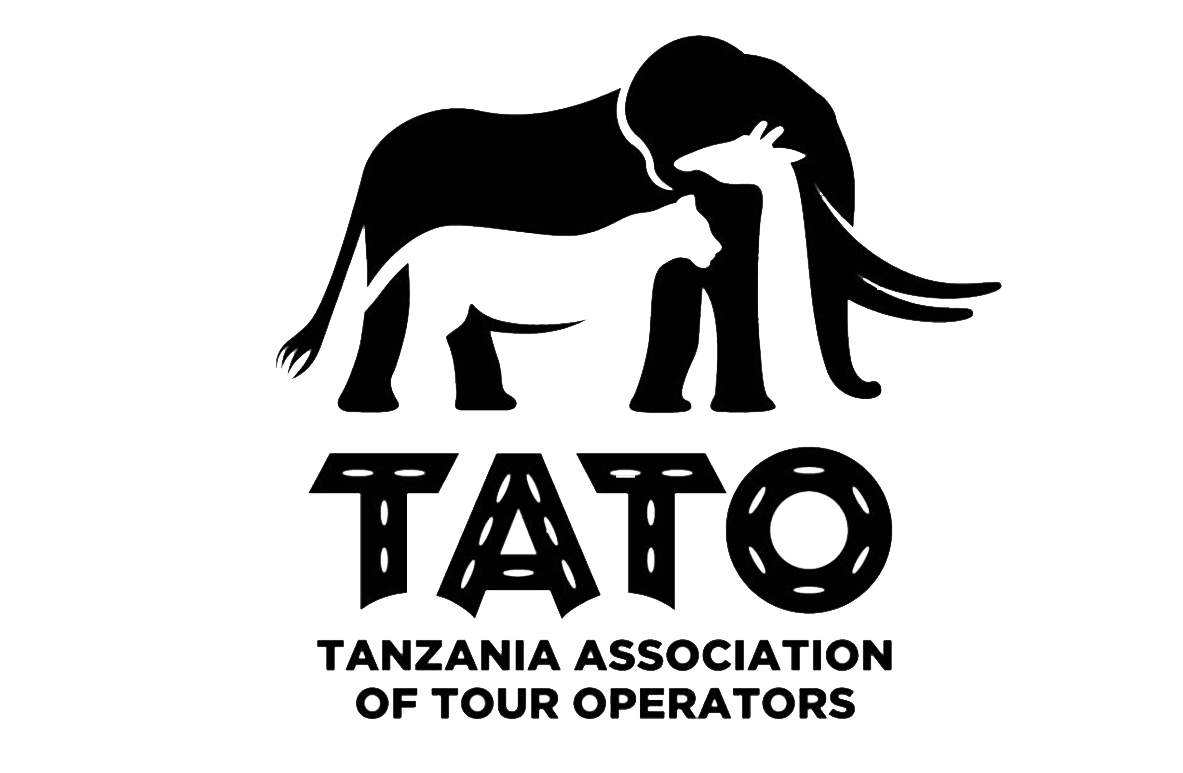Tanzania earns recognition for exceptional status in migratory species conservation.

Tanzania has earned significant recognition through two key reports highlighting its successful conservation efforts.
The “State of the World’s Migratory Species 2024,” from UNEP-WCMC, praises Tanzania’s commitment to preserving migratory species.
It spotlights Serengeti National Park as “the largest remaining migratory system on earth,” renowned for its wildebeest migrations and described by UNESCO as “one of the most impressive nature spectacles in the world.”
The park hosts around 2 million wildebeests, 900,000 Thomson’s gazelles, numerous predators, and over 500 bird species, making it a biodiversity hotspot.
The Serengeti-Mara ecosystem is noted for its ecological significance in sustaining large migratory and predatory populations.
The second report, launched by the immediate former Minister Angellah Kairuki on April 22, 2024, reveals Tanzania’s leading status in rhino conservation with 225,000 rhinos, the largest in Africa.
It also boasts the highest lion population at 17,000 and ranks third in elephant numbers with 60,000.
These findings underscore Tanzania’s pivotal role in wildlife conservation across the continent.
Tanzania’s abundant natural resources make it an appealing destination for both tourists and investors.
The UN Tourism has recognized the country’s potential, emphasizing its nature-based tourism industry, which has been expanding by 6.5% annually over the last ten years. Partnering with the UN Capital Development Fund and UNDP, the SDG Investor Map highlights 13 investment opportunities across five key sectors: agriculture, renewable energy, infrastructure, services, and education.
This initiative guides investors in aligning their ventures with sustainable development objectives.
Tanzania’s political stability and improved business climate further enhance its reputation as a safe and attractive location for both visitors and investors.
Additionally, a noteworthy discovery of 46 geometric rock art sites in the Lake Victoria Region has been submitted to UNESCO for consideration as a World Heritage Site.
This finding not only connects Tanzania with neighboring Uganda and Kenya but also underscores a shared cultural heritage.
With these sites actively used by local communities, preserving this heritage for future generations becomes crucial.
Collectively, these developments underscore Tanzania’s impressive strides in wildlife conservation, investment attractiveness, and cultural heritage, reinforcing its prominent status on the international stage.

